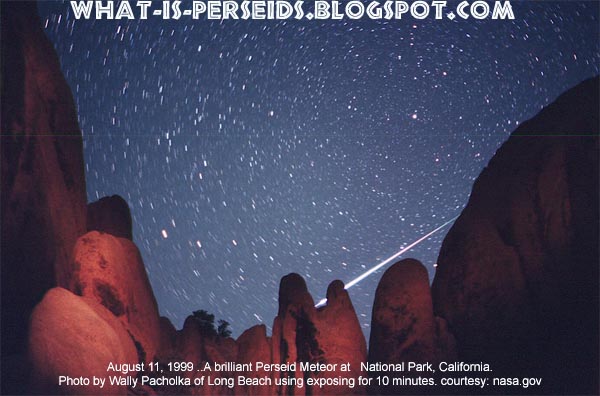| Difference between perseid, meteor,meteoroid,meteorite, what is perseids,what is meteors,what is meteroids,what is meteorites | |
|
What is Asteriod? Asteroids are celestial bodies which revolve around the Sun. They are not big enough to qualify as a Planet. They are mainly composed of rocks and metals. |
|
|
Then What is Meteoroid? If diameter of of the asteroid is 50 meter or less, then it is called as Meteoroid. (The Royal Astronomical Society says " If the diameter of the asteroid is 10 meter or less, then it is a meteoroid.) |
|
|
Then What is Meteor? If the Meteoriod produces Light, then the light is called as Meteors.( When an object enters into earth, there will be friction. Because of friction,enormous heat is generated. Because of heat, the object gets burnt and a streak of light is produced). |
|
|
Then What is Meteorite? The remains of the meteoroid which landed safely on the earch surface is METEORITE. |
|
|
Then What is PERSEID? If the parent of meteor is the rocky debris of Swift-Tuttle Comet, then the meteor is called as Perseid. When the swift-tuttle comet moves along, it leaves behind a debris. This stream of debris is called the Perseid cloud and stretches along the orbit of the comet Swift-Tuttle. (By the way, the swift-tuttle comet was discovered by Mr.Swift and Mr.Tuttle). The cloud consists of particles ejected by the comet as it travels on its 130-year orbit.(Yes, this comet takes about 130 years for one revolution around the sun.). Most of the dust in the cloud today is around a thousand years old. When the earth revolves around the sun, the earth comes near this perseid cloud durig the month of August and some of the debris is sucked by the earth. This forms the meteor shower. This shower is called as perseid meteor shower. The location of this shower is in the Perseus constellation and hence this shower got the name "perseids".
Esssence: Tthe parent body of the Perseid meteor shower is swift-tuttle.
|
|
|
Remember the following points: |
|
|
|
|
|
|
|
|
|
|
|
|
|
|
|
|
|
|
|
|
|
|
|
|
|
|
|
|
An animation showing what is perseid. click on Next Button
|
|
|
|
|
some photos on asterods

|
|

|
|

|
|

|
|
|
Source: Nasa, Wiki |
|
| a video on perseiods |
tags:astronomy, nasa,meteors, meteorite,perseid




